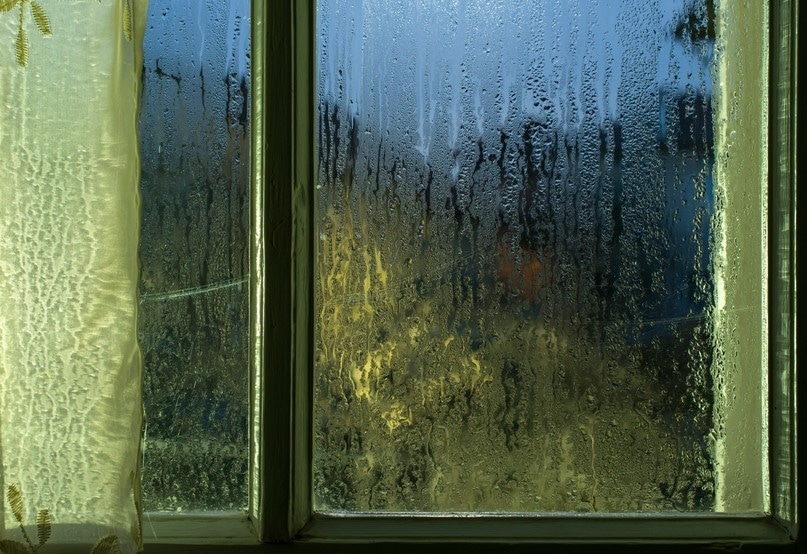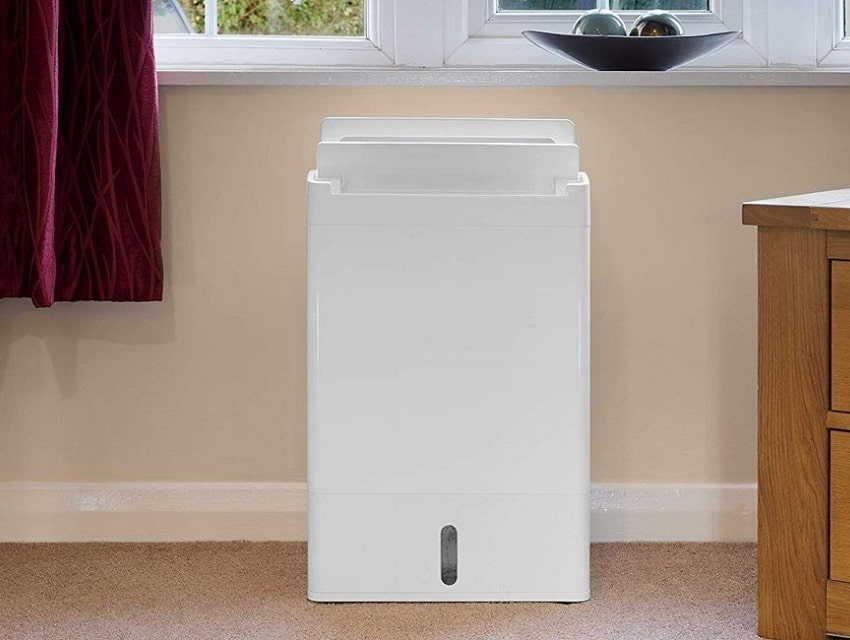The dehumidifier and the fan are great for moisture removal and air circulation in an indoor environment. While the fan may not have significant power on the control of humidity, it pushes in drier air from the outside and ensures great air circulation, preventing humid air and moisture from lodging in dampness-prone parts of the room such as the walls and niches.
Dehumidifiers have the double task of air circulation and removal of excess humidity. However, each works differently. In this dehumidifier vs fan comparison article, we’ll see how both devices work, the various types, and which one will be suitable for you.
The air dehumidifier is an electrical device or chemical device intended to reduce the humidity level in a room, building, construction site, factory, office, etc.
Dehumidifiers Trusted Source Dehumidifier - Wikipedia A dehumidifier is an air conditioning device which reduces and maintains the level of humidity in the air. en.m.wikipedia.org draw excess moisture from the air to fight condensation, prevent mold growth and reduce humidity on walls. Some of these appliances can be effective in the whole house.
The basic principle of operation of a dehumidifier with condensation drying is very simple.
The water condenses on the cold surface of the evaporator and trickles into a tank where it is transported directly to the drainage system.
Desiccant dehumidifiers work by attracting humidity and absorbing it into the desiccant material.
You need a dehumidifier when the humidity in your home goes below 60 percent. If not controlled, humidity can damage your walls, ceilings, furniture, equipment, and food items.
There are three main types of dehumidifiers:
Overall, the average refrigerant dehumidifier will perform best in medium to high temperatures and when the humidity is high (over 65%). One of the most recommended compressor devices is the hOmeLabs 1,500 Sq. Ft Energy Star Dehumidifier. It is ideal for medium to large rooms and removes around 22 pints of moisture per day.
A fan is an electrical or mechanical ventilator that is used for moving air, typically a gas such as oxygen. It is used for cooling people or machinery. The conventional fan consists of a series of rotating blades that act on the air and disperse them in a provided medium.
Generally, the blades or fins, fundamental in fans, are contained within some type of structure or box. This allows you to direct the airflow in the desired direction. It also makes it safer, as it prevents objects from coming into contact with the blades, which commonly move with enough force and speed that we can consider them dangerous.
Most modern fans are driven by electric motors, but combustion engines and even hydraulic motors can also be used, depending on the possibilities, the aims of each person, and of course, the money one is willing to spend.
Fans produce high-volume, low-pressure airflows, unlike compressors, which produce high pressures at comparatively low volumes. The blades of a fan will generally rotate when exposed to a current of air and devices that take advantage of this phenomenon, such as anemometers and air turbines, which are generally designed similar to a fan.
The most typical uses for a fan include climate control, machine cooling, personal comfort, fume extraction, cleaning (usually in combination with a vacuum cleaner). Fans are much more used in industrial settings as there are various types for every application.
Fans are more diversified than dehumidifiers. Some of the most common are:
Dehumidifiers and fans work differently. And this comparison table proves that!
| Dehumidifier | Fan | |
| Functions and uses | Humidity removal
For proper air circulation
|
Air circulation
Pushes drier air inside |
| Versatility | Fans are more versatile in use | Not as versatile as fans |
| Durability | Fans can last for around 8 to 10 years | Dehumidifiers can last for around 5 to 10 years |
| Running cost | Around $153 annually for everyday use | Around $60 per year |
| Price | Basic models cost $1,140 to $1,250 | $60 to $650 for large bedrooms |
The major difference between a dehumidifier and a fan is how they work. Dehumidifiers work in a complex way whereby it draws air and condenses it over cold coils, removing the humidity from the air. Dried aid is pushed back to space after treating the air. However, a fan pushes in dry air directly into the room. However, its work has little effect on the existing humidity in a room. But, like a dehumidifier, an effective fan can help circulate the air in a room, helping to control dampness in the room.
However, as we have seen in this fan vs dehumidifier comparison, fans can be more inexpensive to purchase and run. Also, they are more versatile. However, both appliances have different functions, which is why many people opt to have both appliances at home for better fresh, dry air circulation and dehumidification.





